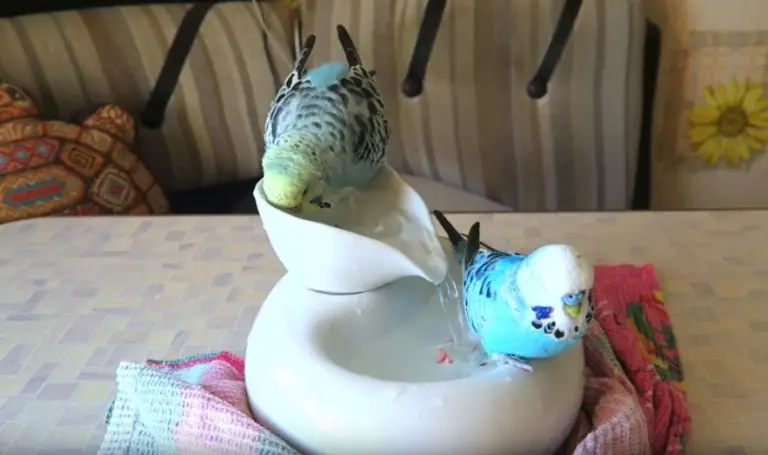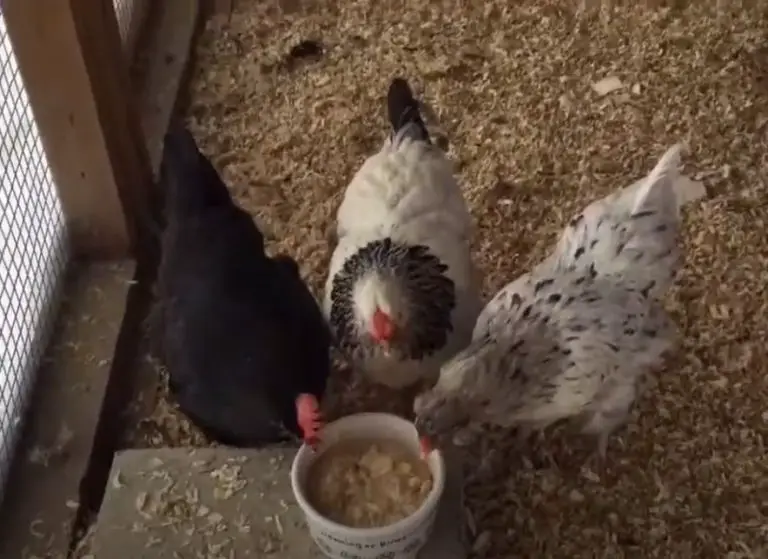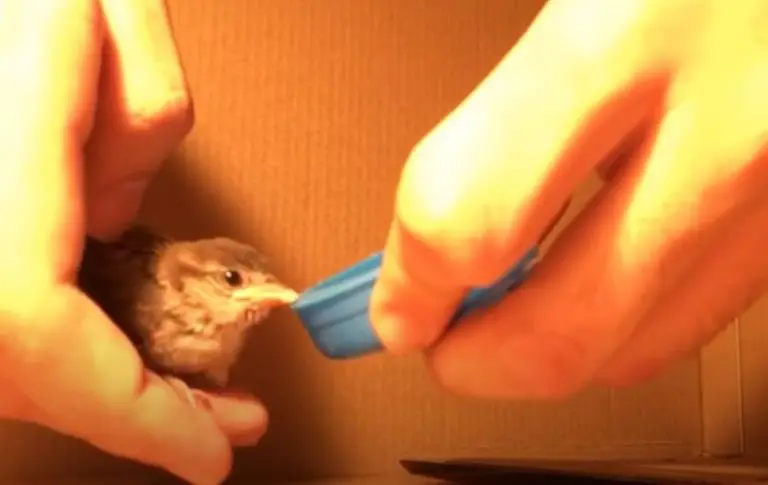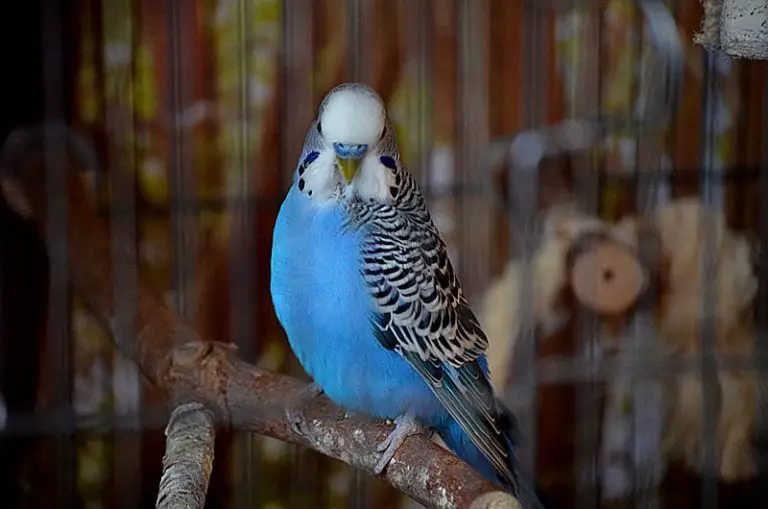Is Newspaper Safe For Birds? (Key Info)

A newspaper is an economical and recyclable solution for maintaining hygiene in a birdcage, but there are concerns about whether this paper can be harmful since it is in direct contact with the birds and many of them even like to shred it with their beaks.
In the eighties, it was frequent that all inks had lead in different forms, in the mid-nineties the use of lead was ceased due to the fact that the contamination of lead became a concern and a worldwide public health problem.
Today, black newspaper inks are made from water-based inks and using charcoal to give the color or soy derivatives, so you can use this type of paper as hygienic protection for birds, without the slightest fear.
Newspapers printed in color also use water-based and non-toxic inks since it has become the standard in this type of printing.
Is newspaper ink toxic to birds?
As for newspaper, there is no significant information that the ink it contains is sufficiently toxic. The paper is composed of cellulose and ink.
These are the compounds that could cause some type of poisoning. The ink is composed of an organic or artificial dye derived from alanine, mixed with solvents such as; Diethylene Glycol, Propylene Glycol, Ethylene Glycol.
However the toxic dose to cause a reaction should be very high for the amount that is present in the newsprint.
Also, cellulose has not been shown to cause severe intoxication, so newsprint is not toxic.
Extensive experiments with rabbits and rats have shown that you can only expect a harmful effect of 2000 milligrams per kilogram of body weight. Your bird would have to eat a massive amount of printing ink to show any toxic effect and this is practically impossible.
Since a newspaper is made of 98% paper, because only a part of the paper is printed and the color is only a thin layer, if your bird accidentally swallows some newspaper or likes to peck at it, this does not represent any danger to its health.
So you can be sure that neither printing ink nor other printing inks are poisonous or dangerous. So it is not a problem if you use newspapers for your bird cage.
Things to know about printing newspaper inks
Printing used to be a dangerous job, with most suffering from chronic lead poisoning. But this poisoning was more due to the types than the printing ink. But the printing ink wasn’t non-toxic either.
Modern printing inks, do not contain any heavy metals or organohalogen substances. So you won’t find any substances such as polychlorinated biphenyls (PCB), chlorofluorocarbons (CFCs) or pentachlorophenol (PCP) in them.
Even the toluene solvent contained in the printing ink is not harmful in small quantities. By the time the newspapers and magazines are with you, this will have evaporated anyway.
Why do your parrot and other bird species like to shred paper?
So that the animals in the cage do not get bored, they need something to do. Otherwise, they may develop behavioral disorders and tear out their own plumage, Parrots, for example, have roughly the intellect of a one to a two-year-old child.
Food toys, for example, are good. In nature, parrots spend twelve hours a day searching for food and flying. In captivity, however, their food is often available in the cage, making their time uninteresting.
It is in the nature of birds to keep busy, digging and pecking, that is why they have the habit of shredding paper, as it is an extremely easy material for them to shred and may seem entertaining to them.
If you would like to create a natural toy for your bird or parrot, to stimulate its creativity and keep it entertained, you can wrap small pieces of its food in newspaper, this is a do-it-yourself approach.
Is paper towel safe for birds?
Unprinted household paper, if possible unbleached, can also be used as a cage insert. It is certainly suitable for bird cages, but it is certainly not a good long-term solution to cover larger areas. However, this is also up to the wishes and preferences of the individual owner himself.
As a supplement, however, kitchen roll / paper towel is quite suitable. Many keepers combine it with the use of other types of litter. For example, heavily used areas (under favorite seats / sleeping places) of the budgerigars are covered with it in order to preserve a clean surface for longer, which can make a change of the overall litter less necessary.
Benefits of kitchen paper
- Particularly suitable for checking the consistency and quality of excrement
- Cheap
- quick and easy handling for cleaning cages (e.g. sick cage)
- good as a combination solution with other litter
Disadvantages of kitchen paper
- not particularly productive
- light and therefore flies easily away from the original position by air wind
- some animals like to nibble on it
- rather unsuitable for larger areas
- has to be changed daily, increased consumption
Alternatives to newspaper for use in bird cages
If you want to look for alternatives to newsprint to use in your birdcage, brown Kraft paper is a very good option.
Kraft paper has a thick, rough, brownish appearance, but can also be found in other colors. It is much more resistant than conventional paper, hence its name (kraft comes from German and means resistance).
It is a paper obtained from wood fiber pulp. Its manufacturing process makes it a 100% renewable, recyclable and biodegradable paper because it decomposes easily.
Kraft paper, as well as its chemical process of manufacturing cellulose pulp from long wood fibers (also called kraft), emerged in 1879 from the hand of Carl F. Dahl.
Although Kraft paper has a reputation of “not being aesthetic” I find it very pleasant, its uniform brown tone evokes the tone of wood in nature, it gives a feeling of nature.
It is not a very expensive paper and because it is widely used in crafts, you can get it in craft stores or in Amazon.






